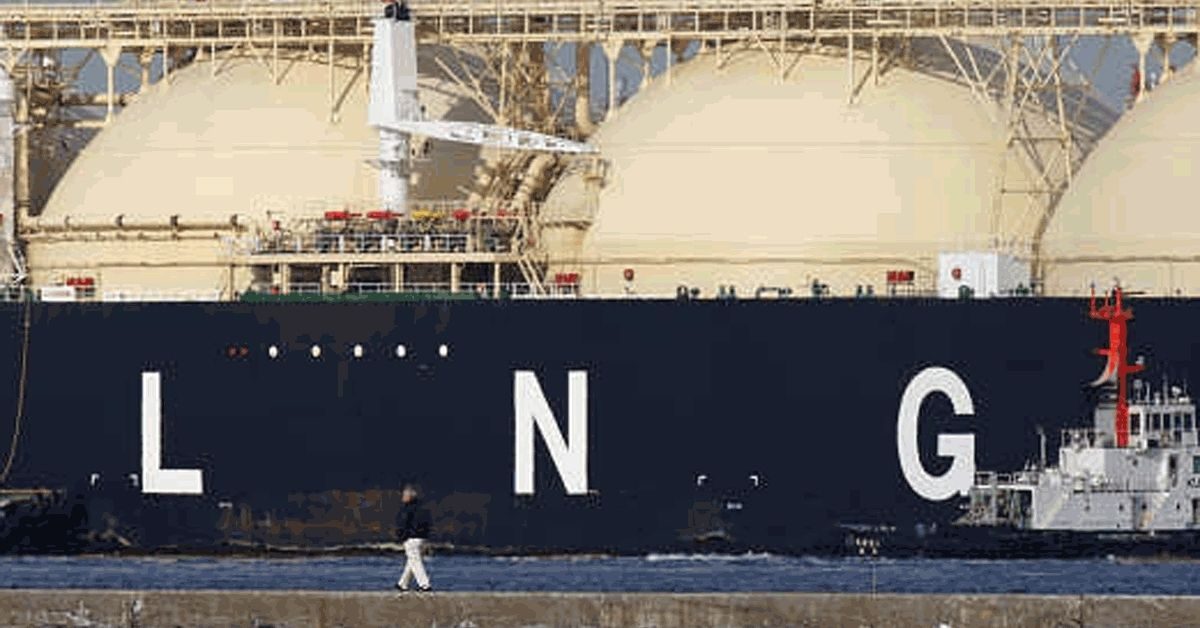Japan’s largest LNG importer Jera and Bangladesh’s biggest independent power producer Summit Power plan to build an LNG import facility in Bangladesh to meet an expected rise in demand.
The expected increase in demand, mainly for power generation, comes at a time of falling gas production in Bangladesh.
Jera’s subsidiary Jera Asia and Summit Power’s subsidiary Summit Corporation signed an initial agreement on 27 April to consider potentially collaborating on building an LNG storage and regasification facility, as well as long-term supply of LNG to Bangladesh.
It is unclear how exactly both companies will work together. Other details such as the type of import terminal — an onshore facility or a floating storage and regasification unit (FSRU) — its capacity, location and project timeline will be decided in future discussions.
Jera bought a 22pc stake in Summit Power in October 2019. Summit Power currently operates the 500mn ft³/d (5.17bn m³/yr or 3.5mn t/yr) Summit LNG FSRU. Bangladesh has one other import facility, the 3.8mn t/yr Moheshkali FSRU. Both FSRUs are located offshore Moheshkhali island.
The Bangladeshi government has set a target to increase spot LNG purchases this year to meet rising power demand in the country. Bangladesh’s demand for gas is expected to reach 6.5bn ft³/d by 2030, up from current demand of 4bn ft³/d against supplies of 3bn ft³/d.
The country’s LNG imports totalled 2.2mn t in 2022, down by 15pc from a year earlier, data from oil analytics firm Vortexa show. Shipments from Qatar were the highest last year at about 1.9mn t. Imports from the US were around 137,732t, followed by Nigeria and Egypt at about 123,943t and 42,763t respectively. Bangladesh is planning for three new LNG terminals to complement the two FSRUs, an Indian LNG importer previously told Argus. The three terminals will be built in Payra, Moheshkali and Matabari with total regasification capacity of 2bn-3bn ft³/d, although this could not be confirmed.







